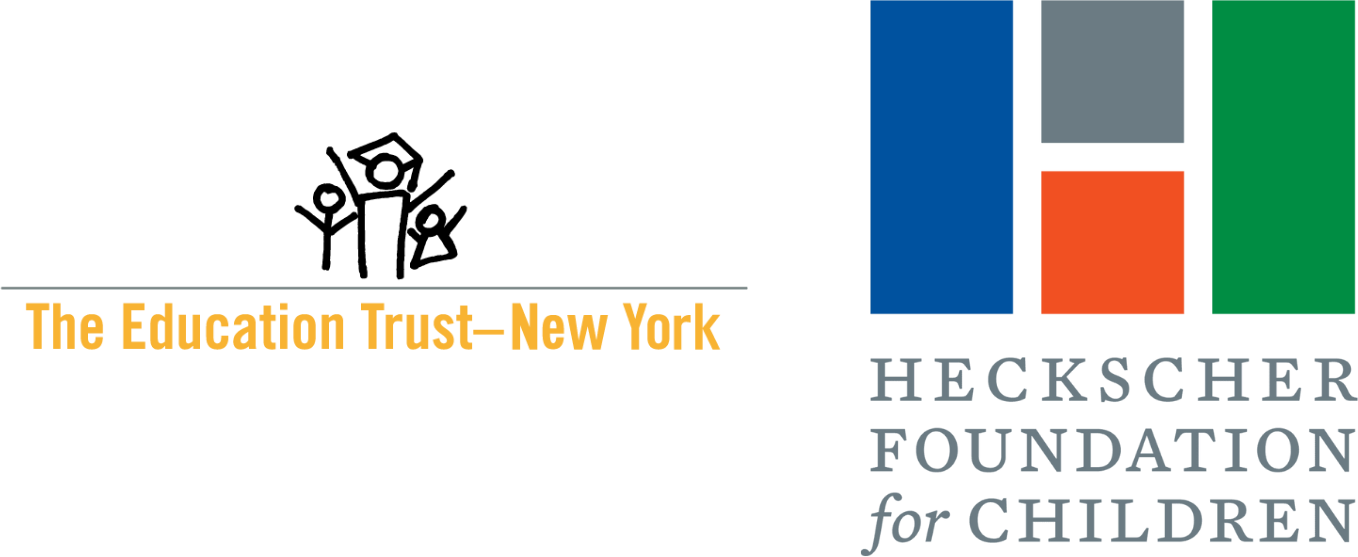Williamsburg High School for Architecture and Design
Grades: 9-12Our Insights
What’s Special
Students get professional training in architectural design and preservation arts, paid internships
The Downside
No elective classes
Williamsburg High School for Architecture and Design (WHSAD) is a small school that lives up to its theme in a big way. Students follow a rigorous four-year curriculum in architecture, design and historic preservation, and get hands-on instruction in everything from drafting architectural plans and building models to mixing mortar and learning computer programs used by professional architects. The school accepts students of all abilities and gets them to succeed: Many graduate with a CTE (career and technical education) endorsed diploma and some college credits.
Gill Cornell, a former English teacher who came to WHSAD as assistant principal in 2007, became principal in 2009. He has built up a robust internship program with juniors or seniors placed in paid internships in architecture, arts, community engagement, design and preservation.
Freshmen and sophomores participate in service programs that tie into the school's theme. One group designed and constructed tree guards to install throughout the surrounding neighborhood. Others worked with Groundswell, a community arts organization, to create public art projects such as a mural on display at Ellis Island, depicting its history.
Walk into any of the shop classes and you can see hands-on and applied learning in action. In the 11th-grade shop that focuses on design, students seemed relaxed, engaged and happy as they spread out across the expansive room; some worked at tables, translating a sketched design into a sewn pattern, others retrieved supplies and still others put the finishing touches on bigger projects. In a computer lab, students worked quietly, drafting room layouts according to very detailed specifications.
Visual arts and design skills are woven into architecture work. A lot of kids know CAD (computer aided design) but not design graphics, said Cornell who explained that developing technical skills and the more abstract and creative skills associated with design are equally important in the architecture industry.
In 9th grade, students begin drawing with T-squares, and are introduced to AutoCAD and Autodesk. In the upper grades they delve more deeply into computerized programs and design skills, including electrical wiring, wood-working, drawing and creating 3-D models in various mediums (plaster, clay, metal and wood).
Academics do not get short shrift, and teachers often find ways to connect lessons to the CTE curriculum. All students take four years of math, a very important subject for aspiring builders and architects. One teacher showed us references to logorithms in a textbook on electrical work. The school-wide emphasis on design principles helped a group of 9th-graders win first place in the U.S. Department of Energys BioengizeME competition for their research and infographic on cellulosic ethanol.
Through a partnership with Park Avenue Armory, teaching artists work with WHSAD teachers to connect academic studies to arts and preservation work. Students recite poetry, perform their re-interpretation of scenes from plays read in English such as The Crucible and Macbeth, and design and construct the sets and props for an annual performance held at the armory.
To help bolster literacy and deepen students understanding of history, 10th- and 11th-graders take courses on historical speeches in addition to their regular global and U.S. history classes.
There are a handful of Advanced Placement courses and students can also take free college courses for credit at New York City College of Technology. During school breaks students can participate in field school where they work on building restoration projects.
The school is roughly 75 percent male, but girls who attend are motivated by the schools theme and thrive, says Cornell.
Students who fail a course repeat it in "night school," which runs from 2:45 to 5:45 pm. "This is not credit recovery," says Cornell. "Students have to do real classwork. No one is getting away with just writing a paper to pass."
There are no elective classes because students schedules are packed with academic and shop classes. Students participate in building-wide PSAL sports teams; clubs include Girls Who Code, photography and music.
Housed in the Van Arsdale building, WHSAD shares the facilities with Brooklyn Prep and Williamsburg Prep. Each school has its own dedicated space in the building.
Though located in a safe area of Williamsburg, students in all three schools must pass through metal detectors on their way into the building. Cornell approves, saying it keeps the school safe. Students and staff give the school high marks for safety and overall vibe based on their responses to the NYC School Survey.
In an attempt to boost parent involvement, parents are expected to collaborate with their children on in-school projects twice a year.
The graduation rate is high and many graduates go to either two- or four-year colleges, including art and technical schools. Some graduates obtain good-paying jobs and paid apprenticeships straight after high school. There is no college counselor, but there are four guidance counselors that provide college support. Each counselor follows the same class of students for all four years. Volunteers from New York Cares provide SAT prep and college essay writing help.
SPECIAL EDUCATION: There are ICT classes and SETSS as well as a full-time social worker on staff. (Laura Zingmond, March 2015)
Get more from InsideSchools
School Stats
Academics
Students
Race/Ethnicity
Safety & Vibe
Faculty & Staff
Teachers’ Race/Ethnicity
College and Career Readiness
Programs & Admissions
From the 2024 High School DirectoryArchitecture and Design (K09X)
Program Description:
Students engage in coursework that promotes creative thought and technical proficiency. Students learn principles of design to articulate and defend their creative decisions. They learn industry methodologies to draft, communicate, and render physical prototypes of their designs. This ability to both create and build makes our students highly desirable for paid internships with industry partners.
Offerings
From the 2024 High School DirectoryLanguage Courses
Spanish
Advanced Courses
Algebra II (Advanced Math), AP Calculus AB, AP Chemistry, AP English Literature and Composition, AP Human Geography, AP Pre-Calculus, AP Spanish Language and Culture, AP United States History, Chemistry (Advanced Science), Physics (Advanced Science), World Languages (Advanced World Languages)
Boys PSAL teams
Baseball, Basketball, Cross Country, Indoor Track, Outdoor Track, Volleyball
Girls PSAL teams
Basketball, Cross Country, Flag Football, Indoor Track, Outdoor Track, Softball, Volleyball
Read about admissions, academics, and more at this school on NYCDOE’s MySchools

Contact & Location
Location
257 North 6 Street
Brooklyn
NY
11211
Buses: B24, B32, B39, B44, B44-SBS, B46, B48, B60, B62, B98, Q54, Q59
Contact
Other Details
This school shares the Harry Van Arsdale Educational Campus with two other schools
Was this information helpful?
Get more from InsideSchools
You may also like …
PROGRESS High School for Professional Careers
Brooklyn, NY 11211
Williamsburg Preparatory School
Brooklyn, NY 11211


Comments